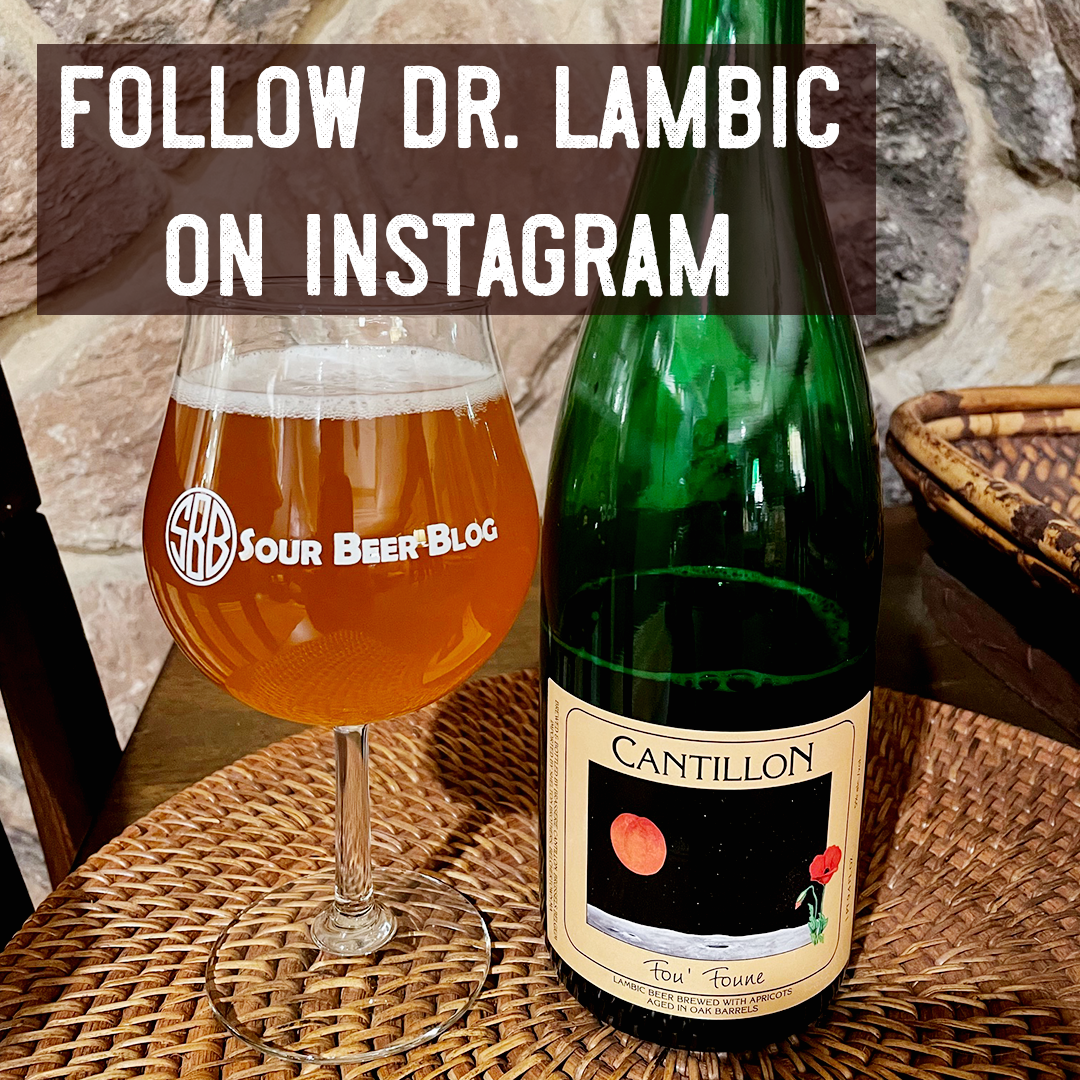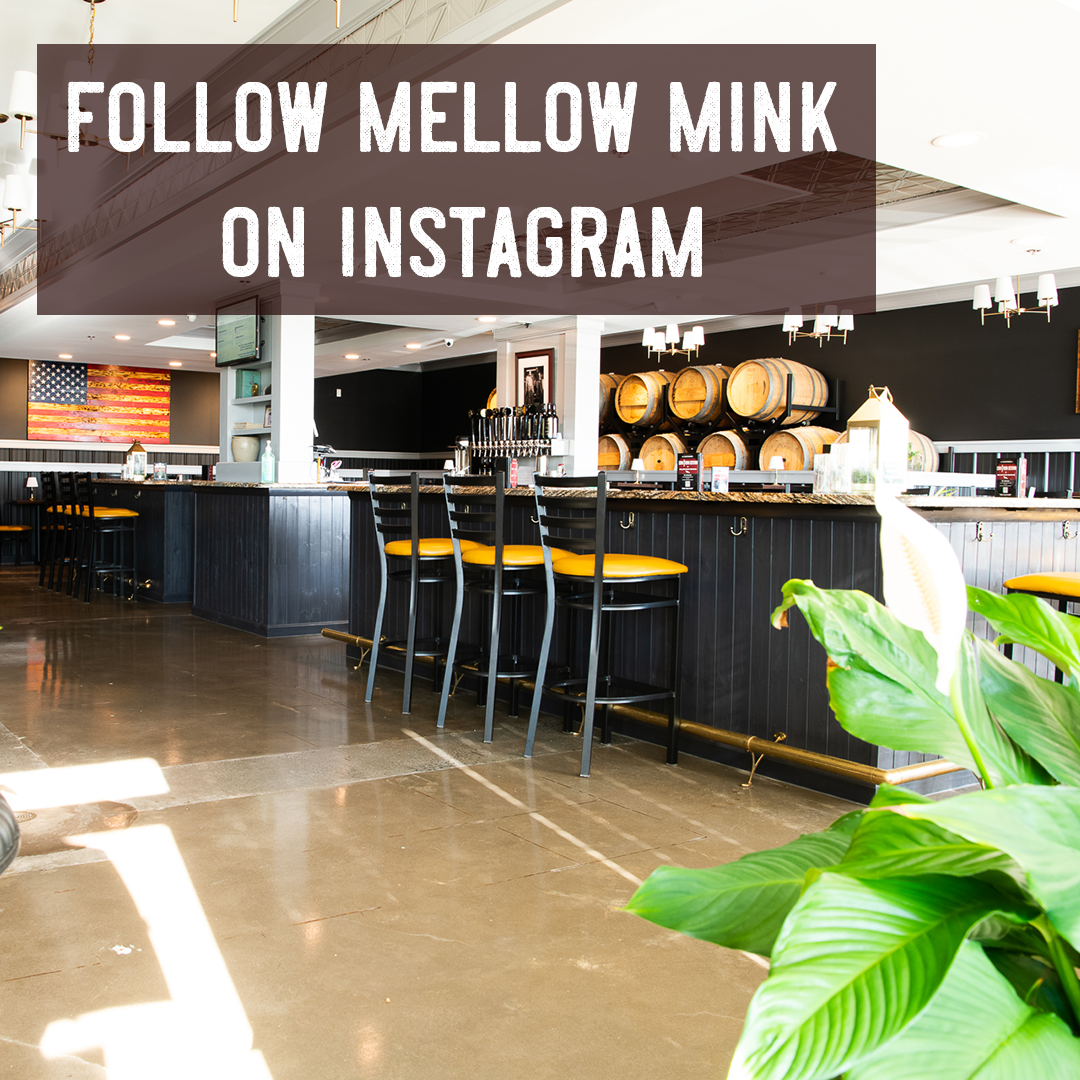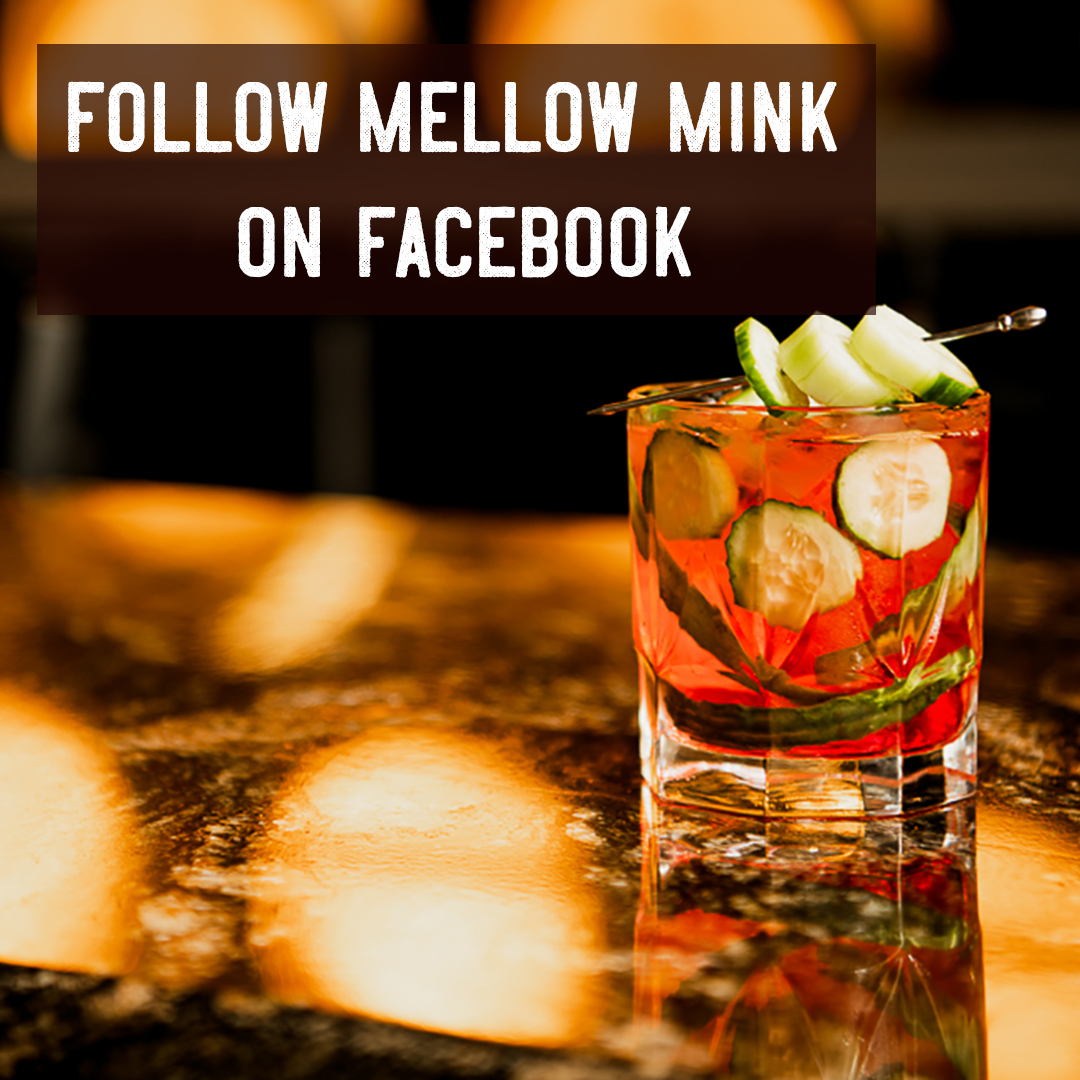If you have a question about any topic related to sour beer or the brewing / blending of sour beers, please ask us using the comments form below or by clicking here to email me. I will answer your question directly, or, if it is a topic that can be expanded on for an educational article, we will publish both your question and my answer on the site in a regularly updated segment called Ask Dr. Lambic!
Cheers!
Matt




